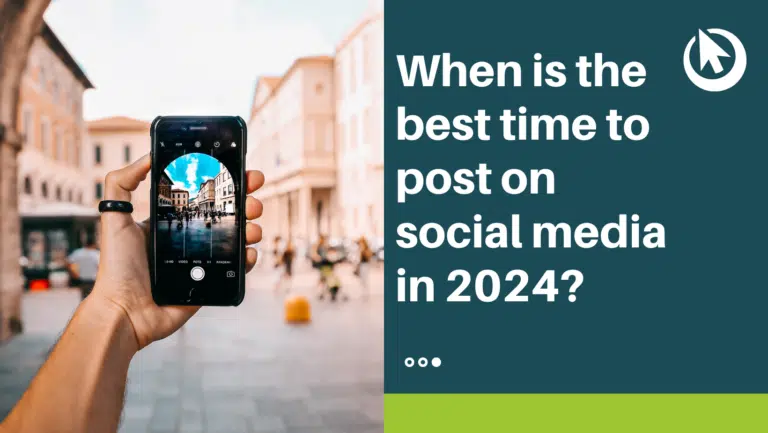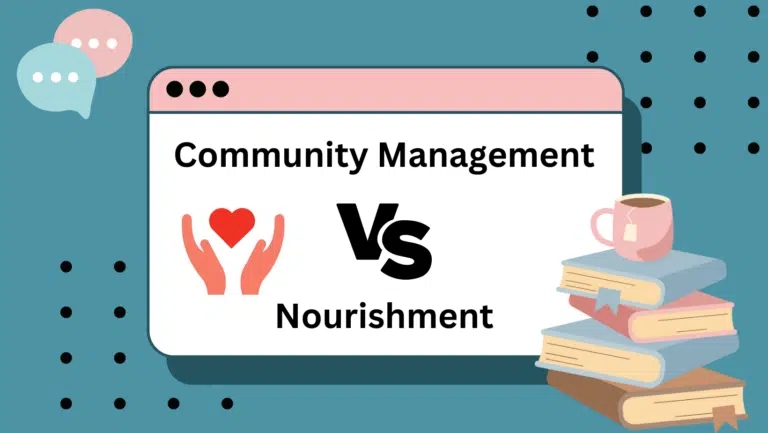You know you need a marketing strategy but where do you start? In this guide, we look at the difference between a strategy and a plan, and how to write a winning strategy.
What should a marketing strategy do?
The main purpose of a marketing strategy is to align the overall business objectives with the things you plan to do as a team – put simply, why are you doing them?
It should clearly outline what you are trying to achieve and by when.
Defining your goals and objectives ensures you’re spending money on the right things, and helps you keep your team on-track with a shared purpose. Without a well-defined strategy, it’s easy to lose sight of what you’re all there to do.
Marketing plan vs. strategy – the difference
If a strategy is about the ‘why’, then the marketing plan is there to answer the ‘how?’ In other words, you know where you want to be, but how are you going to get there?
This is where you start to look at marketing tactics, and really analyse who your customers are and how you can get in front of them. You’ll need to look at where the opportunities are, and what your competitors are doing, so you can outperform them.
What you should end up with is a timeline of work that includes, who’s responsible for each area of work and how much of the marketing budget you plan to spend.
How to write a marketing strategy
Writing a strategy can feel overwhelming, and that’s why so many business owners outsource this work to a marketing agency. If you want to keep this work in-house, follow our step-by-step guide to writing your own marketing strategy.
1. Start by defining your goals
The first thing you need to do is look at what the business is trying to achieve, then consider how you can support that with marketing. From this you’ll be able to write your marketing objectives – let’s take a look at an example of both.
Business objective: increase profitability by 5% over the next 12 months.
Marketing objective: increase sales leads through the website by 15%.
The more you drill down, the more specific your objectives will be. As an example, you might include search engine optimisation (SEO) in your digital marketing strategy, and your objective might be to improve the click through rate of organic search results.
2. Create buyer personas
Buyer personas are a way of picturing your ideal customer, so you know who you’re targeting. It typically includes demographic and psychographic information that can be summed up in one sentence – for example:
Janet is a 35-year-old mum of two from York who wants the best for her children, but is too busy to dedicate a lot of time to cooking meals.
You might end up with several people that fit into different segments.
3. Define your offering
This is where you set down on paper what problem you’re solving for your customer, or in other words, what is your value proposition? What are you promising to deliver, and why should your target market choose your product or service over anyone else’s?
To be able to answer these questions fully, you’ll need to be clued-up about what your competitors are doing so you can do it better. We recommend doing a competitor analysis and looking at the market for any gaps that could be potential opportunities.
4. Decide on messaging
From here you can decide what you need to say to your audience to capture their attention. It should compel them to take action, even if it’s only to remember who you are, so you’re the first brand that comes to mind when they’ve got a problem later.
What goes into a marketing plan?
Taking what you’ve learnt about your audience and your messaging, you can begin to craft a plan for every stage of the customer journey. This is where you’ll look at tactics, from branding to website design, content marketing, and social media.
Examples of tactics at different stages of the customer journey
Awareness – advertising, paid-social media, PR, word of mouth
Consideration – blogs (and other long-form content), pay-per-click, SEO, website
Decision – website, testimonials, review sites, social proof
Loyalty – user experience, customer support, emails and promos
Before you start, review what marketing assets you’ve already got and try to understand what’s performed well, so you can do more of it. It’s also useful to look for any gaps in your content and ways in which you can improve.
Underpinning all of this is your website and getting the user journey right is crucial or you risk losing those hard-earned visitors. These are the steps that a website visitor takes to reach their goal, and it should be as easy and enjoyable as possible. A poor user experience (UX) could result in you losing a sale.
What does success look like?
We recommend that you set KPIs or key performance indicators for each area of work so you know what progress you’re making. This includes things like:
- website visitors
- click-through rates on paid ads
- social media shares/likes
- open rates for emails
- organic search rankings
There is a lot of expensive software out there designed to measure your performance but often it’s the free tools, like Google Analytics, that give you the most information. If you’re working with a digital marketing agency to execute your plan, they will monitor and report on your success.
Writing a marketing strategy – the next steps
If you’ve never written a marketing strategy, then all this might seem overwhelming, so start by concentrating on the basics – you can go back and add detail later. Ultimately, the marketing strategy is there to make it easier to write a plan and execute it.
Navigating the complex world of digital marketing is difficult, and that’s where we come in because at Click Through Digital, we have specialists in every area of work.
If you need help with marketing strategy or planning, we’re on hand to help.


